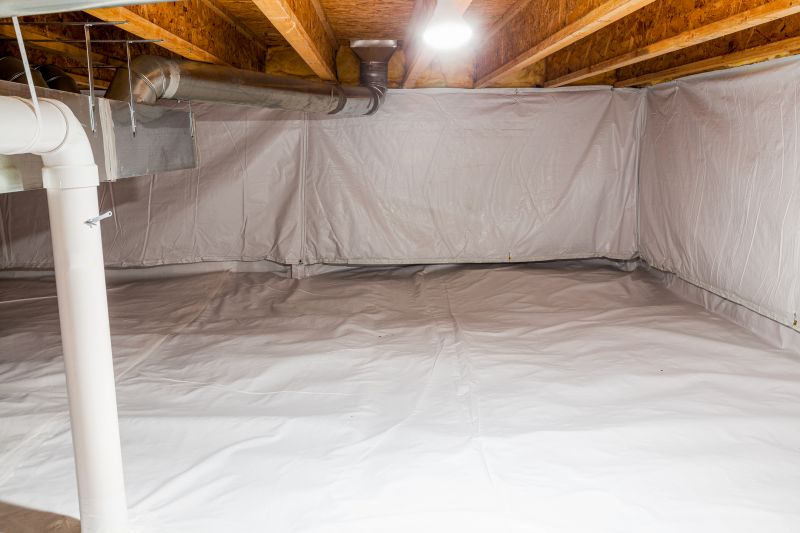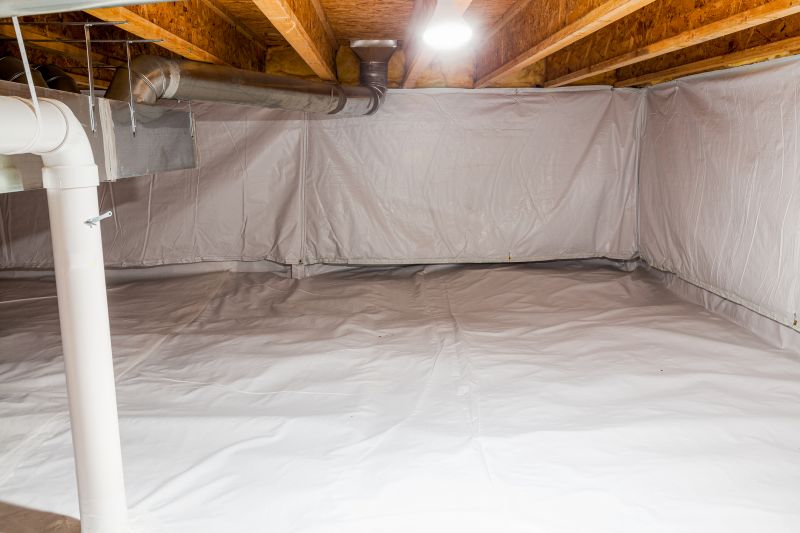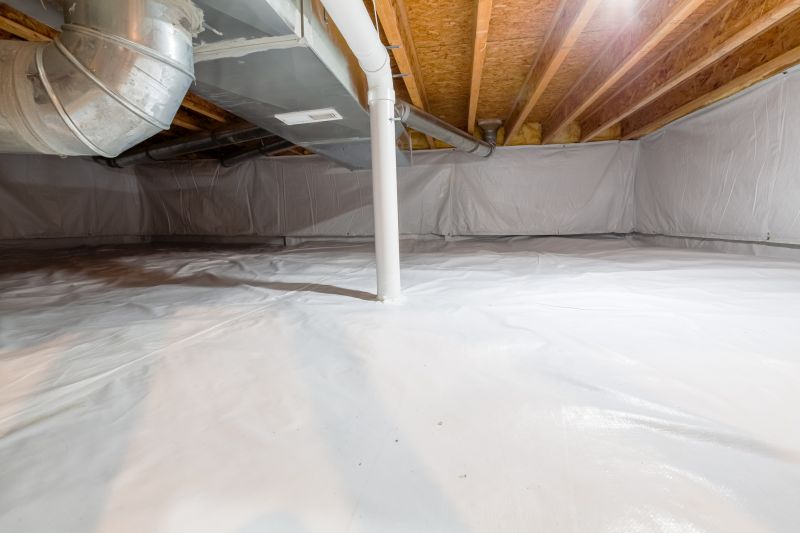Improve Home Comfort and Air Quality
Crawlspace encapsulation is a vital process that involves sealing and insulating the space beneath a building to prevent moisture intrusion, improve air quality, and enhance energy efficiency. Proper encapsulation can significantly reduce the risk of mold growth, wood rot, and pest infestations, contributing to a healthier and more durable structure.
Unsealed crawlspaces are prone to moisture buildup, leading to mold growth, wood rot, and pest problems. These issues can compromise the integrity of the building and contribute to poor indoor air quality.
Studies show that properly encapsulated crawlspaces can improve indoor air quality by reducing airborne mold spores and allergens. Additionally, homes with encapsulation often see a decrease in energy bills and maintenance costs.

A fully sealed and insulated crawlspace with vapor barriers and proper ventilation.

A clean, dry, and insulated crawlspace after encapsulation installation.

Advanced vapor barriers and sealing techniques used for effective encapsulation.

A professional installation demonstrating the sealing of vents and insulation.
| Impact of Encapsulation | Details |
|---|---|
| Moisture Control | Reduces humidity levels and prevents mold growth. |
| Energy Efficiency | Decreases heating and cooling costs. |
| Structural Integrity | Protects wood and foundation from moisture damage. |
| Indoor Air Quality | Lowers airborne allergens and mold spores. |
| Pest Prevention | Deters pests that thrive in damp environments. |
| Maintenance Costs | Lowers long-term repair and cleaning expenses. |
| Home Value | Potentially increases property value. |
| Health Benefits | Reduces respiratory issues related to mold and dust. |



